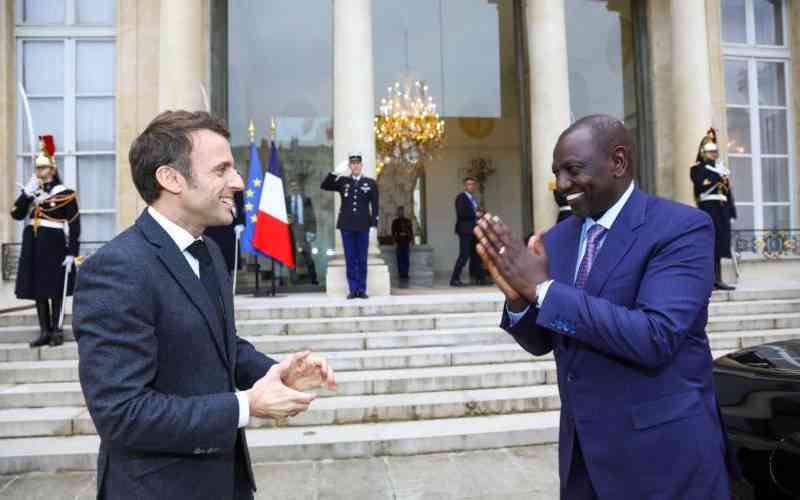×
The Standard e-Paper
Truth Without Fear

Kenya Kwanza's recently published the 2023 Budget Policy Statement (BPS) has elicited searching comments across our media, politicos and other stakeholders in the enterprise we call Kenya.
It is no surprise that the seemingly aggressive measures to accelerate tax and revenue collection captured mainstream media headlines, while social media offered a glimpse into KRA's plans with a current tender notice that includes "unmanned aircraft systems for aerial surveillance" (drones).